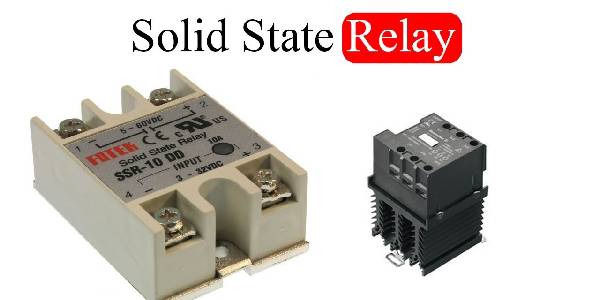
Solid state relays have made the lives of many technicians and electrical engineers across the world a lot more comfortable. Almost all mechanical engineers come across a situation when controlling high Voltage load becomes very tough. If the power of the circuit is low, then the case can get out of hand if you do not control it properly. Stable state release can come to your rescue in such a scenario.
All about Solid State Relays
Isolation of many components
They will allow you to form isolated boundaries between the areas where the power is excessively high and the parts with lower energy. Opting for magnetic relays may not always be the smartest way to take things forward. Electromagnetic relays are costly, and their maintenance is a very time making process. However, they also have some critical applications for Electrical as well as mechanical engineers.
The pros of solid state relays
You must bear in mind that the output format of SSRs is straightforward. Using solid state relays to get the results that you want is a natural process. If you have some experience, then you can get the job done without a lot of effort. But you must understand the methodology behind solid state relays before you start using them. The kind of SSR which is suitable for a machine depends on several vital factors.
In-depth analysis is mandatory
An electrical or mechanical engineer must select the most appropriate SSR keeping in view features. If you choose a general purpose SSR, you might make things tough for yourself. Whether you want to switch direct current load or an alternating current load will help you decide the most suitable solid-state relay.
Understanding all the basic principles
You must have complete knowledge about the various components of solid state relays. At the same time, you must know about all the different types of SSRs. DC60 series is one of the most popular solid-state relays. Exceptionally few solid-state relays can be useful for DC as well as AC. If your machine utilizes both of these types of current, then MOS solid state relays can be an ideal option for your device.
It is evident that opting for a ‘horses for courses’ strategy will serve you very well when you are dealing with SSRs. Most experts suggest that solid state relays are better than electromagnetic switches because they operate without making any noise. SSRs are lightweight. You can purchase them at a lower cost.
Read More : The Excellence of Electromechanical Switches


